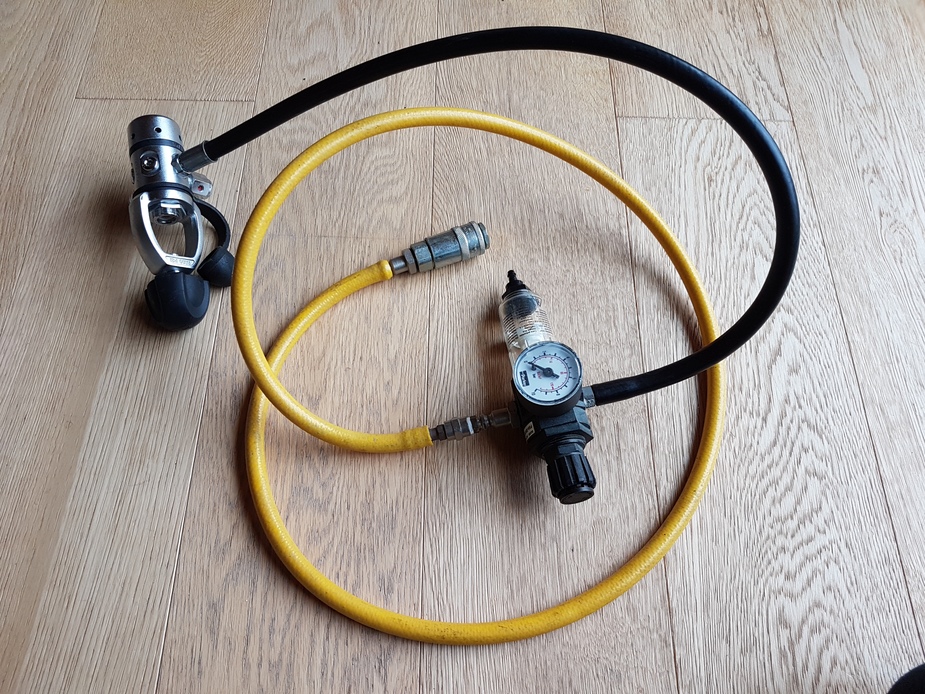Well, yes, hangarage can be found for anywhere from £8000/year (for a TB20) in the wealthy south east of the UK, through £1000/year in the north, to zero if you own the land...
Southend hangarage is c. £7500/year. £6000/year is normal for the south east, halving if you are in a hangar where the plane gets bashed up and is crapped on by birds.
If the plane is bigger, say a Malibu or a Seneca, the hangarage goes way up. A TBM is c. £30000/year, obviously again depending on location.
A good respray should not be much more than 12k surely?
How to correctly apply ACF-50
Is there any info available on how one should correctly apply the anti corrosion spray ACF-50?
The producer says it can be applied anywhere, even to electronics and metal parts where corrosion has already started…
As I already have many rusty screws, rods, etc. mainly on the retractable gear, and it will take a few months to replace everything, my question is can I apply it to parts that already show signs of oxidation/corrosion and rusty screws and spacers?
Will it affect the grease that is already applied on some moving parts? Or should the parts be cleaned, rustiness sanded to bare metal, ACF-50 applied and grease applied afterwards?
It may sound like a stupid question, but I am really new to this and I really don’t want to make any mistakes…
Thank you!
I think that you can spray it on nuts, bolts etc. which are already rusty; certainly I do and it seems to halt the corrosion (perhaps makes them appear less rusty).
Not sprayed it on anywhere there is grease.
I’ve merged two threads on the same topic.
ACF50 works best on internal cavities of an airframe. It lasts at least 2 years and totally prevents any corrosion. It seeps into cracks and joints, which is exactly what you want but also it can mean it comes out of the joints on the outside where you have to wipe it off (lap joints on external skin are supposed to be wet-riveted with PRC sealant but I don’t think this is anywhere near universal).
It also works on external/exposed parts but obviously not as well because airflow, rain, etc, eventually remove it.
Greasing and other lubrication needs to be done before ACF50 application. In fact I do ACF50 as the very last operation at the Annual, before the inspection covers are refitted. It is messy stuff and you don’t want to be working on a plane which has just been done with it. It drips out of sheet metal joints, drain holes, etc and ideally you want to go for a flight right afterwards to get rid of the excess.
It is OK to spray it onto parts which are otherwise lubricated because, if done correctly, it is just a mist, not a flood of liquid.
It is good to spray it onto electrical connections, but cover up (with a rag) any items which could be affected by the stuff getting in, e.g. autopilot servos.
This is the spray kit I have. It is sold by Aircraft Spruce and actually that one is for Corrosion-X which seems to be a bigger product in the USA (almost nonexistent over here). Here you can see the various nozzles e.g.

which come in different lengths and diameters. You need one thin one, about 3mm, to get into drain holes and up into the vertical stabiliser through gaps in the trailing edge skin. These nozzles are sometimes rotated 1 revolution during the spraying.
I bought the whole kit secondhand from a guy who owned three planes; he decided after he bought it he would rather they were pristine-clean even if they corrode, so he sold it 
You need compressed air, which can be a compressor, or a scuba cylinder with the 1st stage regulator (which outputs about 150psi) followed by a regulator which drops it to about 70psi. This is what I have:

As you can see the output fitting is the standard air line, so one can use it for topping off the tyres, use it with a spray gun, etc.
If you intend to paint the aircraft I would question the use of ACF50, speak to your sprayer and get their opinion. ACF is very effective and will work itself between places and will never be able to be removed. I have seen it affect the paint adhesion a year later along seams. I would just use Waxoyl on the nuts etc, I prefer the non aerosol type because its more controllable.
Do you mean ACF affects old paint a year after it was used, or affects paint sprayed a year after it was used?
( Negotiating to buy a 50 year old metal aircraft at present.)
My experience (on Socata 2 pack polyurethane paint from MAPAERO) is that ACF-50 doesn’t lift off existing paint, but you have no chance of painting a plane which has been treated unless the stuff is very thoroughly removed. OTOH there should not be any ACF-50 on the outside anyway, and if some is seeping out through skin joints that needs to be somehow blocked (no idea how).
Maoraigh – I wouldn’t worry if buying a plane, but I would wait to apply ACF50 untill AFTER an intended respray. My sprayer hates painting after ACF, but is very happy to charge to apply it 
Thanks for that clarification.
Corosion X is now available in the UK
It is one of the approved corrosion inhibitors for the Cessna SIDS, I would use nothing else as it more or less stopped the corrosion on my three metal aircraft.
If you are going to get your aircraft pained don’t use corrosion X until about three months after the paint job, it is very searching and gets into even the smallest spaces.